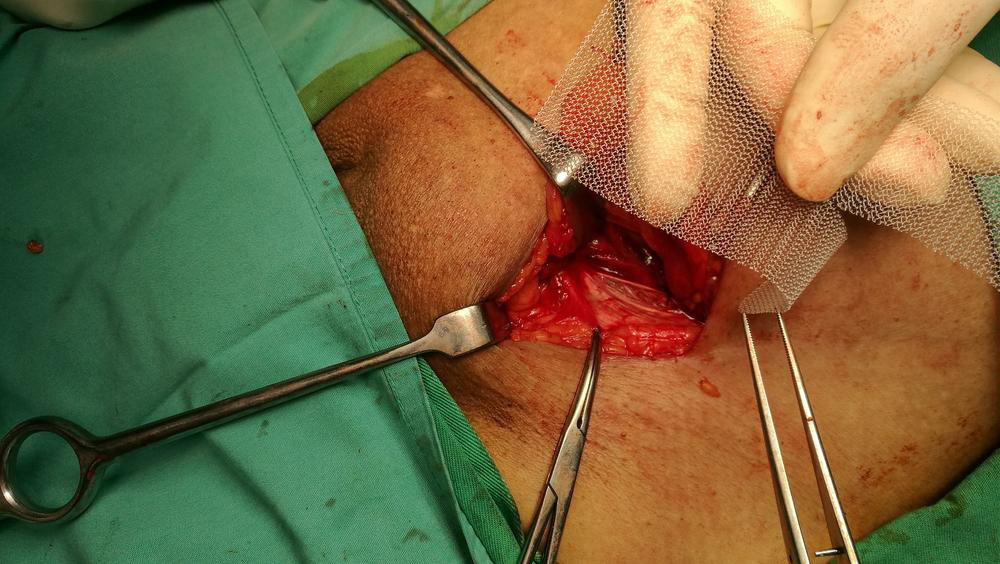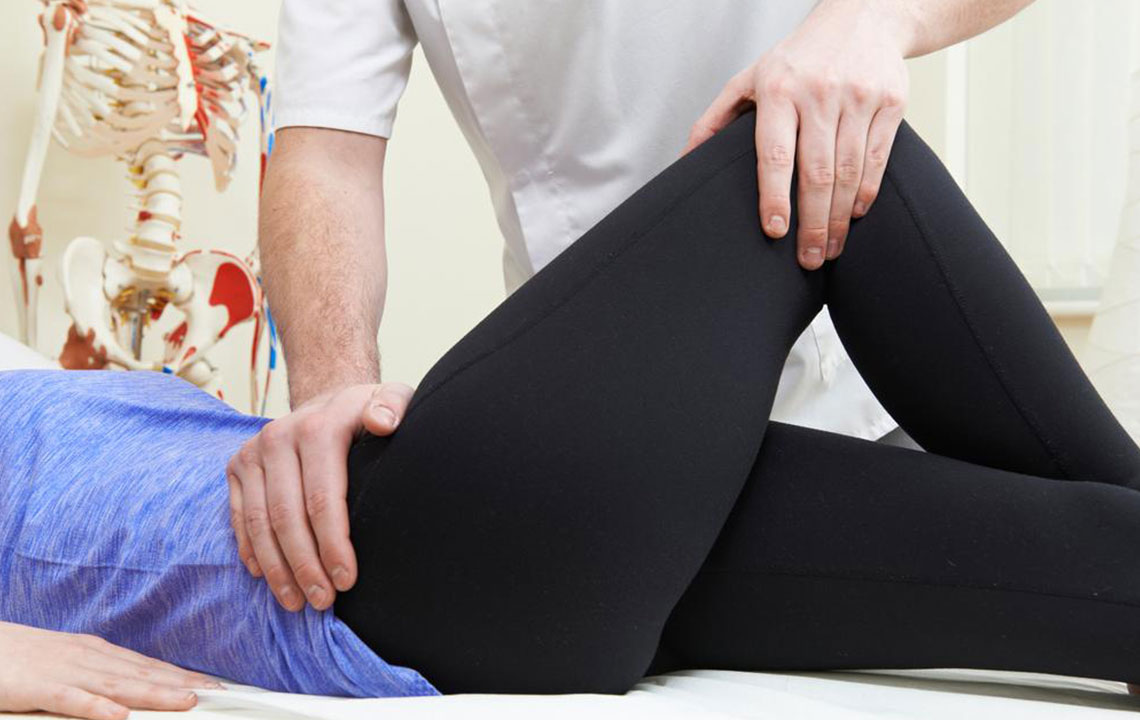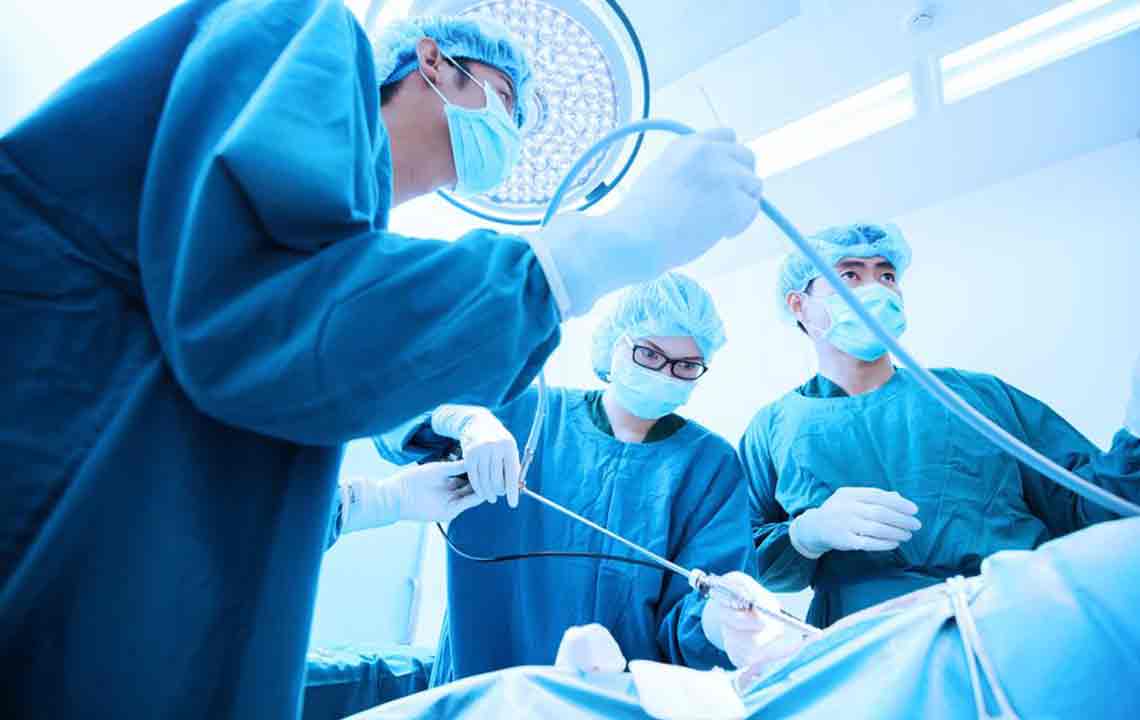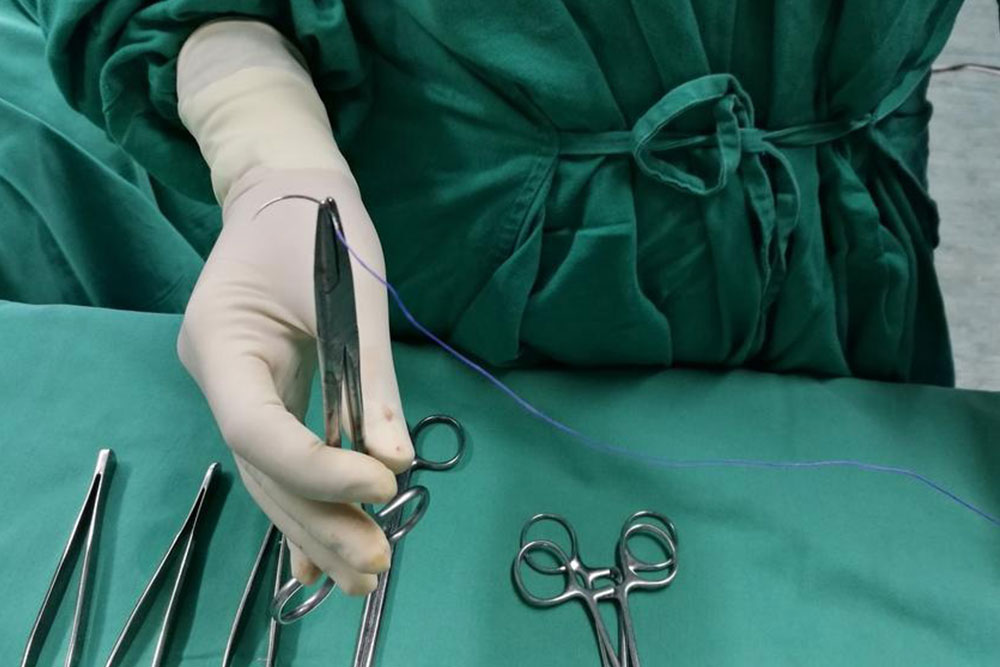Comprehensive Guide to Umbilical and Femoral Hernias: Symptoms, Causes, and Treatment Options
This comprehensive article explores umbilical and femoral hernias, detailing their symptoms, causes, diagnosis, treatment options, and preventive strategies. Designed for patients and caregivers, it emphasizes the importance of early detection and medical intervention to prevent complications. With thorough insights into surgical options and lifestyle modifications, readers can better understand how to manage and live with these common hernias effectively, ensuring health and well-being.

Understanding Umbilical and Femoral Hernias: Symptoms, Causes, and Treatment
Introduction to Hernias
Hernias are a common medical condition resulting from an organ or tissue pushing through a weak spot in the surrounding muscle or connective tissue. Among the various types of hernias, umbilical and femoral hernias are particularly prevalent, especially in certain populations. Recognizing the symptoms, understanding their causes, and seeking timely treatment are essential for preventing complications and ensuring a good quality of life.
This comprehensive guide delves into the specifics of umbilical and femoral hernias, including their signs, risk factors, and available treatment options, providing valuable information for patients, caregivers, and healthcare professionals alike.
What is an Umbilical Hernia?
An umbilical hernia occurs when internal tissues, such as intestines or fatty tissue, protrude through a weakness in the abdominal muscles around the umbilical area, commonly known as the navel or belly button. These hernias are especially common in infants but can also affect adults.
Typically, umbilical hernias are present at birth and become evident once the umbilical cord falls off, usually within a few weeks postpartum. In infants, the hernia appears as a soft bulge or swelling near the belly button, which can be pushed back gently by a healthcare provider. This bulge usually becomes more prominent when the child cries, coughs, or strains, due to increased intra-abdominal pressure.
While most umbilical hernias are harmless and tend to close on their own as the child grows, some may require medical intervention if they persist or enlarge. Mild discomfort may sometimes accompany the hernia, and in rare cases, symptoms like nausea, vomiting, or signs of incarceration (where the tissue becomes trapped) can develop, necessitating urgent medical attention.
What is a Femoral Hernia?
A femoral hernia develops when tissue pushes through a weak spot in the femoral canal, located near the upper thigh and groin region. This type of hernia manifests as a bulge often referred to as a femorocele and is more prevalent among women, especially those who have experienced multiple pregnancies or have obesity.
Femoral hernias can be caused by various factors such as overexertion, chronic cough, obesity, heavy lifting, or childbirth, which increase pressure in the abdomen and weaken the surrounding tissues. In some cases, the hernia might be small and asymptomatic, making it easy to overlook. However, larger femoral hernias tend to cause significant discomfort, including pain in the groin area, especially when standing, lifting, or exerting oneself.
Severe symptoms, such as nausea, vomiting, and a painful, irreducible bulge, signal the risk of strangulation—a serious condition where blood supply to the herniated tissue is cut off. Such emergencies require immediate surgical intervention to prevent tissue death and other complications.
Recognizing Symptoms and When to Seek Help
Understanding the symptoms associated with umbilical and femoral hernias is crucial for early diagnosis and treatment. Here are common signs and indicators:
Visible bulge or swelling near the navel (umbilical hernia) or groin/thigh area (femoral hernia)
Hernia that becomes more prominent when coughing, crying, or straining
Mild discomfort or a dull ache around the affected area
In infants, swelling that can be pushed back but may return or enlarge over time
Severe pain, nausea, vomiting, or inability to push the hernia back (signs of strangulation)
Patients experiencing sudden pain, redness, tenderness, or signs of bowel obstruction should seek emergency medical care promptly. Early intervention can prevent serious complications such as tissue strangulation, incarceration, or even life-threatening conditions.
Causes and Risk Factors
The development of umbilical and femoral hernias is influenced by various factors:
Genetic predisposition: A family history of hernias increases susceptibility.
Pregnancy and childbirth: Increased abdominal pressure and weakened muscles contribute to femoral and umbilical hernias, especially in women.
Obesity: Excess body weight puts additional pressure on the abdominal wall, raising hernia risk.
Heavy lifting and strenuous activity: Repeated straining can cause or exacerbate weakness in the abdominal or groin areas.
Chronic coughing or straining: Conditions that involve persistent coughing, constipation, or urine retention increase intra-abdominal pressure.
Congenital defects: Some hernias develop due to weak abdominal muscles present from birth.
Diagnosis and Medical Evaluation
Diagnosis of umbilical and femoral hernias generally involves a physical examination where a healthcare provider inspects the affected area while the patient coughs or strains to identify any bulges. Imaging tests like ultrasound, CT scans, or MRI may be required if the diagnosis is uncertain or if complications are suspected, such as strangulation.
Accurate diagnosis is essential for determining the appropriate treatment plan and for assessing the severity of the hernia, especially in cases where strangulation or incarceration might threaten the health of the patient.
Treatment Options and When Surgery is Necessary
The management of umbilical and femoral hernias depends on their size, symptoms, and risk of complications. Treatment options range from conservative approaches to surgical repair.
Conservative Management
Small, asymptomatic hernias, especially in infants, may be monitored regularly without immediate intervention. In some cases, healthcare providers recommend activity modifications, wearing supportive trusses or binders, and managing factors that increase intra-abdominal pressure. However, conservative management carries the risk of hernia enlargement or strangulation over time.
Surgical Intervention
Surgery remains the definitive treatment for symptomatic hernias, large hernias, or those at risk of strangulation. There are two main surgical techniques:
Open hernia repair: A surgeon makes an incision over the hernia site, pushes the protruded tissue back into place, and reinforces the abdominal wall using sutures or mesh.
Laparoscopic hernia repair: A minimally invasive procedure involving small incisions, a camera, and specialized instruments to repair the hernia using mesh reinforcement.
Surgical repair typically offers a quick recovery, but patients should adhere to postoperative instructions to prevent recurrence. The choice of technique depends on the hernia's size, location, patient health status, and surgeon preference.
Complications and Preventive Measures
If left untreated, hernias can lead to serious complications such as:
Incarceration: When herniated tissue becomes trapped, leading to obstruction.
Strangulation: Loss of blood supply to the herniated tissue, resulting in tissue death and severe infections.
Bowel obstruction: Blockage of the intestines causing abdominal pain, bloating, and vomiting.
Preventive measures include maintaining a healthy weight, avoiding heavy lifting, managing chronic coughs, and seeking early medical advice when symptoms first appear. Regular medical check-ups can also help monitor hernia development and facilitate early intervention if necessary.
Prognosis and Living with a Hernia
With timely diagnosis and appropriate treatment, the prognosis for both umbilical and femoral hernias is excellent. Surgical repair has high success rates, and recurrence is uncommon when the procedure is performed correctly. Patients are advised to follow postoperative instructions carefully and to adopt lifestyle habits that minimize intra-abdominal pressure to prevent recurrence.
Living with a hernia can be manageable once repaired, but ongoing awareness of symptoms and regular follow-up are critical, especially for individuals with risk factors. Maintaining a healthy weight, avoiding strenuous activities that strain the abdomen, and monitoring for any signs of recurrence contribute significantly to long-term well-being.
This in-depth guide provides comprehensive insights into the causes, symptoms, diagnosis, treatment options, and preventive measures for umbilical and femoral hernias. Understanding these conditions enables timely care, reduces complications, and promotes better health outcomes for affected individuals across all age groups.





